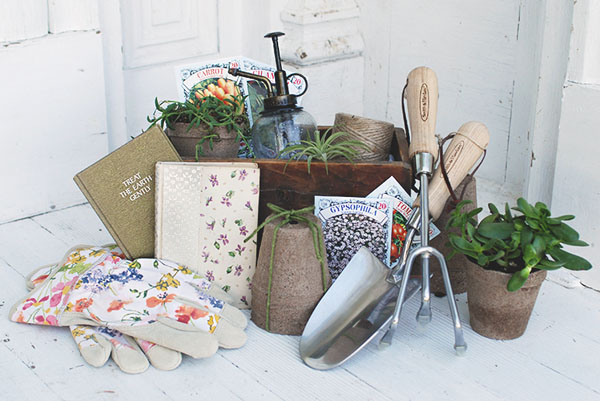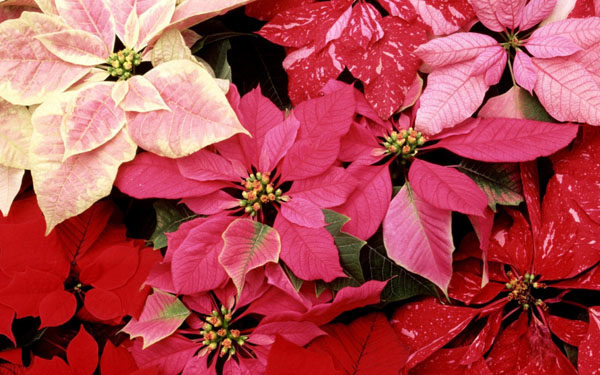
Although it is not a growing season, there are still things to do outside. Be sure your gardens are cleared out of undesirables for next year, then cover your gardens with leaves or mulch. Be sure that you do not putter in the garden while the soil is wet or you will succeed in creating clay sculptures that take a few seasons to deconstruct.
Here we are at that time of year when many are obsessed with presents. So, in the spirit of the season, I have a few suggestions based on my own wish list.
Let’s start with a wheelbarrel, or should we call it a wheelbarrow? The tool originally started as a wheelbarrow, hailing to Anglo-Saxon English and referencing “bearing” or carrying. (Aside: The users or speakers of a word can drive the meaning of its change in meaning. One of my foods for the thought is the TED Talk podcast that University of Michigan professor Anne Curzan presented on words. Back to the barrel.)
In the last seven years, I have needed to replace my wheelbarrow twice. I am not rough on the tool, but it does spend the summer outside. Maybe as a result, the body has rusted and now has a hole. Whenever I flip the thing to remove the contents, the bar by the wheel moves against the wheel, ensuring manual rearranging to get the wheel to move again. Plus, it is now out of whack. I stand behind it and somehow it is skewed, completely out of alignment. Then there’s that tire that keeps going flat. I hate the thing now as its defects bother my eyes and limit its use. I shied away from the plastic-body model, as plastic could easily break. (I have been known to mix cement in my wheelbarrel.) Should I get two wheels so the offending bar does not clamp my wheel in place? As I write this, I realize that I have spent more on repair and maintenance for the two unsatisfactory ones than if I had bought a high-end one. A high-end wheelbarrel . . . the idea, I dare say, is not as silly as it sounds. Consider reading a few reviews and bequeathing someone with a long-term, easy-functioning wheelbarrel.
Moving on. Clippers are made to cut. Tools are not cheap. Maintenance is a priority. So from those simple thoughts strung together, what a wonderful gift it would be if you sharpened someone’s cutting tools. Sure, you are not off spending money, so your gift can’t be measured in dollars. If it’s all about the dollars spent, this suggestion will not be appreciated. If it is about doing, giving, filling a void, then I suggest this action. Clean and sharpen someone’s tools. To me, that would be a beautiful gift. It would probably bring a happy tear because I know the work that would go into that gift.
Gloves. So needed, yet so hard to find a good fit. If you are buying gloves, hold the person’s hand first. Assess the size of their hand. Some adults need to buy their gloves in the children’s department. On the same idea, consider a cream for the hands. Sure, our outdoor/feed stores have some great, practical choices and they may be perfect as a gift. You may also want to consider products from the Gardener’s Collection of Crabtree & Evelyn. A nice, luxurious indulgence.
A hat. Have you thought of a hat? Hats make such a statement. The gardening area is such an under-utilized area for a fashion statement. Should it be the cultured Southern gentleman look, a floppy beach hat or one that promotes a tourist stop? Can it be brimmed with flowers . . . should it be brimmed with flowers?
Boxes. There can always be more garden boxes. If it is a raised bed for gardening or a box for container gardening, have you considered a box? Or several? If you don’t have the skill to make one, consider buying plastic ones and then painting designs on them. That is a great activity to do with children.
For those who are talented with wood and a saw, there are some great garden projects that will make your loved gardener very happy. Use how-to videos, online directions and books as resources for detailed instructions on making these items. Here are some on my wish list:
– A folding bench. The one I like is made out of 1×4s and has a slatted seat. Rain just goes right through it.
– Plant supports that are made out of wood and wire. The wire is pushed through holes drilled in the wood to keep it as a unit. They do take up storage space.
– An outdoor compost unit made out of pallets and chicken wire
– A soil sifter with 2×8s and wire mesh
– Birdfeeders can be elaborate or simple. Gourds, plastic bottles, chicken wire and wood give many style opportunities.
– Birdhouses. Now, this is a jackpot for learning opportunities, too, as birds do not all live in the same type of house.
– Then, of course, there is that “survivor” in all of us. A root cellar, solar dryer or smoker could be a winter project.

Another part of the holiday season is our society’s love of the poinsettia. Originally from Mexico and used by the natives for a red-purplish dye, the flower is now a staple in holiday decorating. The Plant & Soil Science Club at MTSU under the direction of Dr. Nate Phillips is holding its Poinsettia Sale on Friday, Dec. 8, from noon to 5:30 p.m. at the Horticulture Center on the MTSU campus. A 6-inch pot with a single plant is $5. A triple plant in a 6.5-inch pot is $6.
Poinsettias with tightly clustered yellow flowers in the center and crisp, bright undamaged foliage are the best choices. Water the poinsettias when dry and do not allow them to sit in water. The plant is happiest in a room with bright, natural light for 6 hours each day. Try to have direct sun shine on the leaves for at least one hour each day. Avoid TV set perches, drafts, appliances and radiators. They last four to six weeks before the bracts (leaves) start to fall off.
Wishing all Pulse readers, but especially my fellow gardeners, a very satisfying holiday season. May it be filled with smiles, hugs, laughter and memory-creating moments.













